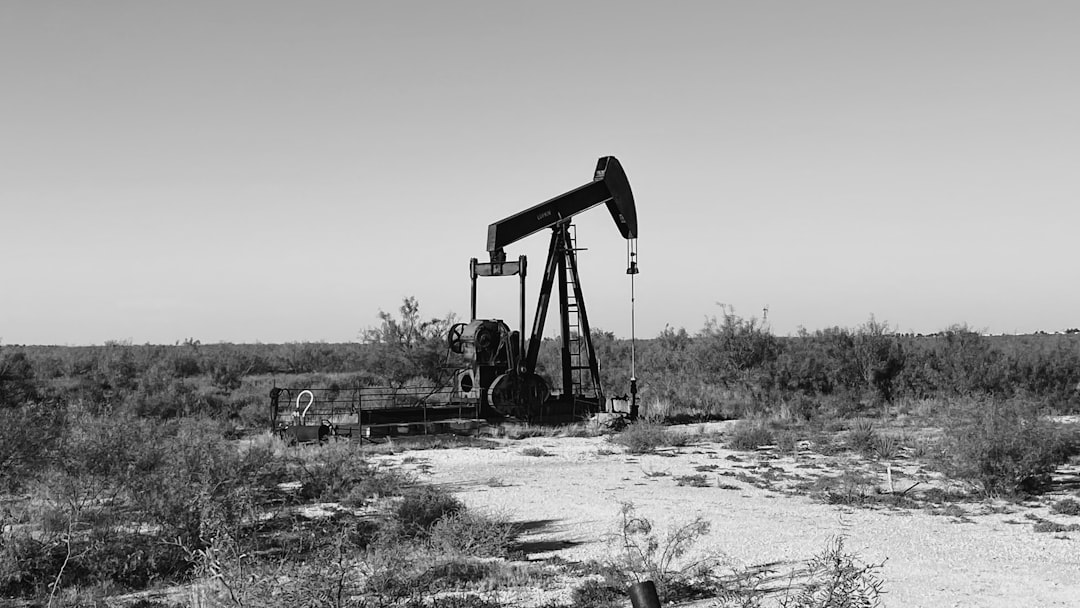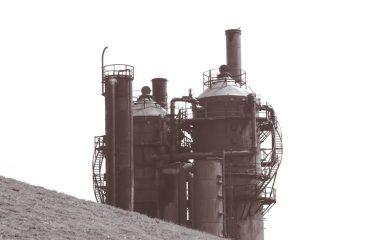body {
font-family: sans-serif;
line-height: 1.6;
}
h1, h2, h3 {
color: #333;
}
The oil and gas industry relies heavily on efficient and reliable well construction. At the heart of this process lies the intricate system of casing and tubing, two critical components that ensure safe and productive hydrocarbon extraction. This comprehensive guide delves into the world of casing and tubing, exploring their functions, types, materials, and the crucial role they play in the overall success of oil and gas operations.
Understanding the Function of Casing
Casing is a series of steel pipes cemented into the wellbore. Its primary function is to provide structural support to the well, preventing collapse of the formation and ensuring the integrity of the borehole. Beyond structural support, casing serves several vital purposes:
- Preventing formation fluid influx: Casing prevents the uncontrolled flow of water, gas, or other formation fluids into the wellbore, which can compromise the operation and potentially lead to environmental hazards.
- Protecting freshwater aquifers: In many cases, oil and gas reservoirs lie beneath layers of freshwater aquifers. Casing acts as a barrier, preventing contamination of these vital water sources.
- Providing a pathway for production: Once the well is completed, the casing provides a conduit for the flow of hydrocarbons to the surface.
- Isolating different zones: In wells encountering multiple hydrocarbon-bearing zones, casing is used to isolate each zone, allowing for selective production and preventing commingling of fluids.
Types and Grades of Casing
Casing is categorized by its diameter, weight (weight per unit length), and grade of steel. The choice of casing depends on the specific well conditions, including depth, pressure, and formation characteristics. Common casing grades include:
- J-55: A standard grade suitable for shallower wells with lower pressures.
- K-55: A higher strength grade used in deeper wells or those with higher pressures.
- N-80, L-80, P-110, Q-125: These grades represent progressively higher strengths and are used in increasingly challenging well conditions.
Casing is also classified by its connection type, with common types including buttress, premium, and threaded connections. Premium connections offer greater strength and are often preferred for high-pressure, high-temperature applications.
The Role of Tubing in Oil & Gas Production
Tubing is a smaller-diameter pipe that runs inside the casing. Its primary function is to transport produced hydrocarbons (oil and gas) from the reservoir to the surface. Unlike casing, tubing is not cemented into place. Its key roles include:
- Production of hydrocarbons: Tubing forms the primary conduit for the flow of oil and gas from the reservoir to surface processing facilities.
- Injection of fluids: In enhanced oil recovery (EOR) operations, tubing is used to inject fluids like water or chemicals into the reservoir to improve production.
- Running of downhole tools: Tubing provides a pathway for running downhole tools, such as logging equipment or workover tools, into the wellbore.
Materials and Construction of Tubing
Tubing is typically made from high-strength steel alloys, chosen for their resistance to corrosion, high temperatures, and internal pressures. The choice of material depends on the well’s characteristics and the type of fluids being produced. Common materials include:
- Carbon steel: The most common material, suitable for many applications.
- Alloy steel: Offers enhanced corrosion resistance and strength, particularly useful in sour gas wells (wells containing hydrogen sulfide).
- Stainless steel: Provides excellent corrosion resistance and is often used in corrosive environments.
Tubing is manufactured with various connection types, similar to casing, ensuring secure connections and preventing leaks.
Installation and Maintenance of Casing and Tubing
The installation of casing and tubing is a complex process requiring specialized equipment and expertise. It involves carefully lowering the pipes into the wellbore, cementing the casing in place, and running the tubing string. Regular maintenance is crucial to ensure the long-term integrity and efficiency of the well. Maintenance activities include:
- Inspection: Regular inspections using downhole tools to assess the condition of the casing and tubing.
- Pressure testing: Periodic testing to ensure the integrity of the wellbore and prevent leaks.
- Workovers: Interventions to repair or replace damaged sections of casing or tubing.
- Corrosion monitoring: Continuous monitoring to detect and mitigate corrosion issues.
Proper installation and ongoing maintenance are critical for maximizing the lifespan and productivity of oil and gas wells.
In conclusion, casing and tubing are indispensable components in oil and gas well construction and operation. Their proper selection, installation, and maintenance are paramount for safe, efficient, and environmentally responsible hydrocarbon production.
Tags: Casing, Tubing, Oil and Gas, Well Completion, Drilling, Oilfield Equipment




